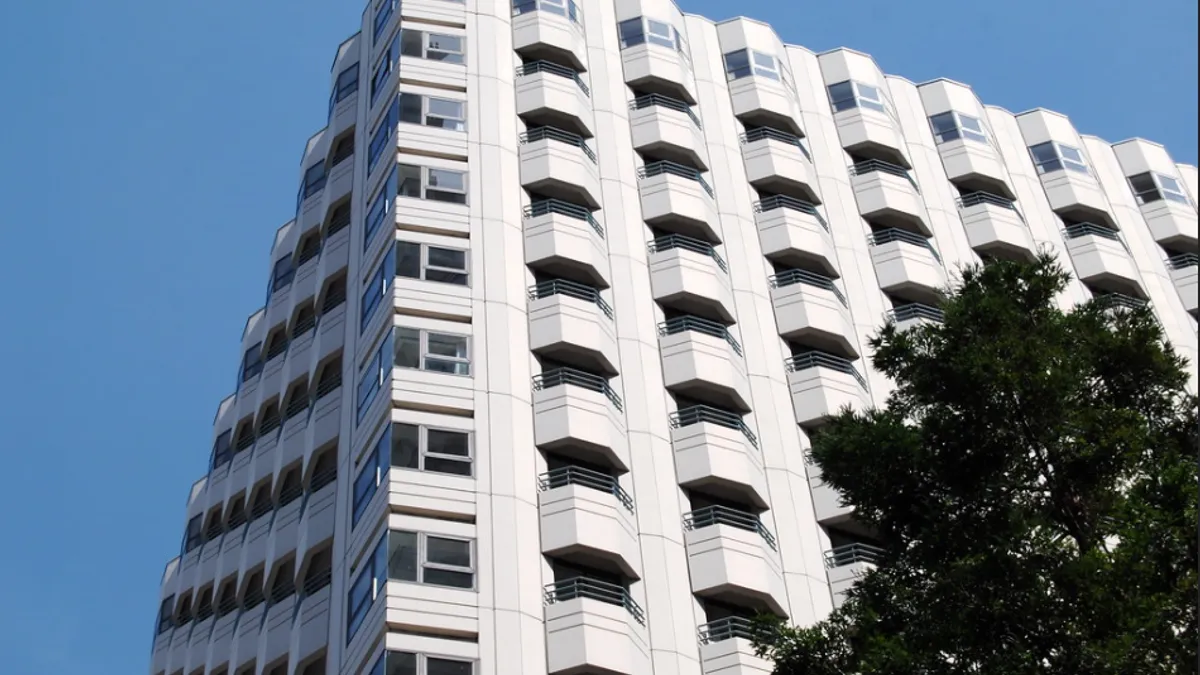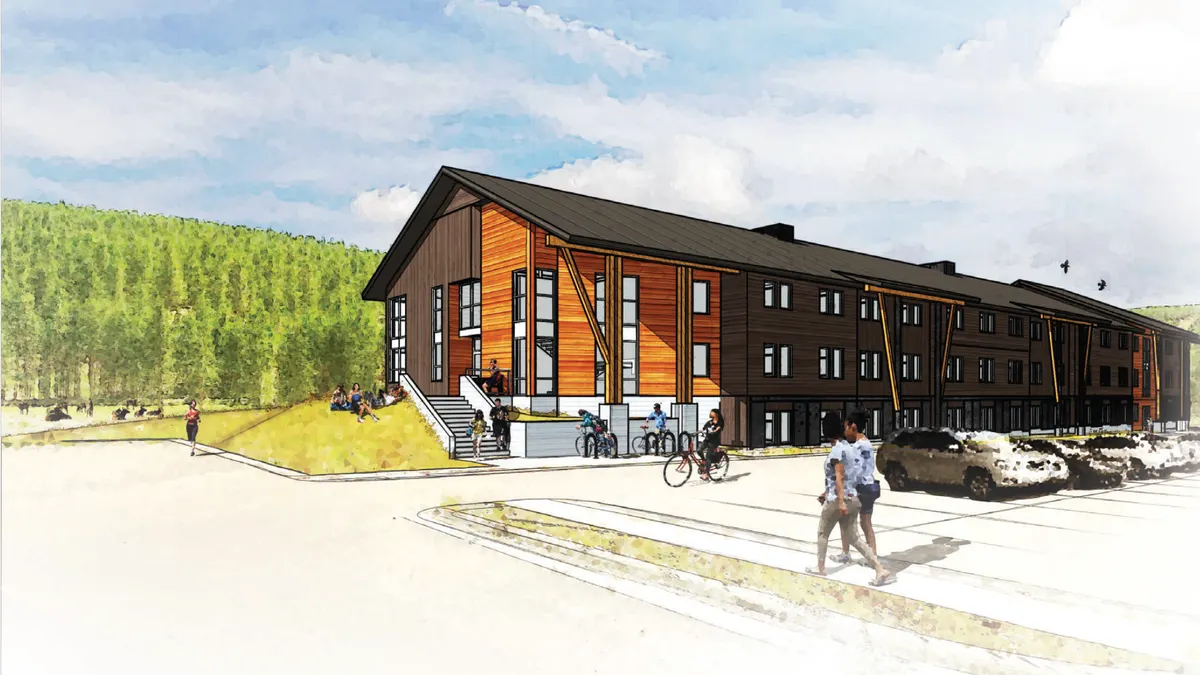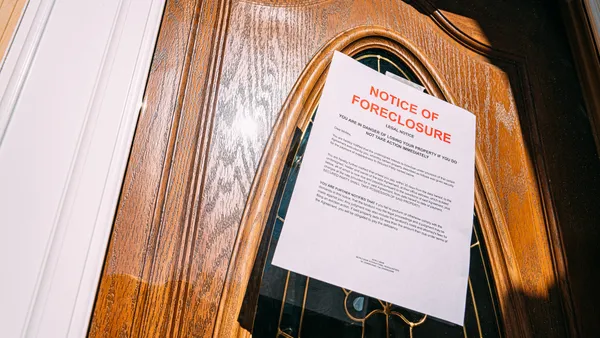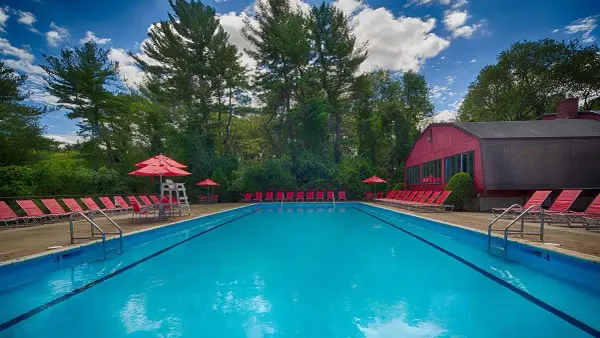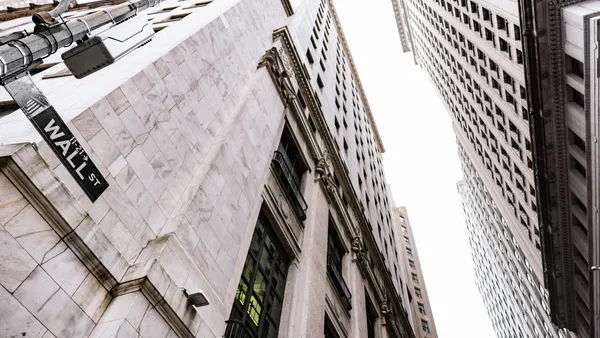Dive Brief:
- Investors jockeyed to grab apartments in 2022’s first quarter, even as interest rate increases became a reality in March.
- Overall, buyers purchased $63 billion of apartments in the first quarter — a 22.4% year-over-year increase, according to Real Capital Analytics’ first-quarter U.S. Apartment Capital Trends report shared with Multifamily Dive.
- There were some signs of slowing, however. Prices only increased 120 basis points after rising an average of 330 basis points in every quarter in 2021. The annualized rate of change actually showed a decline in pricing from February to March, according to Jim Costello, a senior vice president for RCA.
Dive Insight:
Individual apartments were much more popular than portfolios with investors, with a 67% increase in transaction volume year over year in the first quarter.
“The sale of individual assets reflects investor sentiment of the market as these market participants assess the health of one building, the tenants, local demand and so forth without the effects of a broader portfolio to paper over mistakes,” RCA said in the first-quarter report.
Portfolio sales only rose 19%. However, RCA pointed out that the $10.4 billion in those sales were spread over multiple trades, showing depth in the market.
Mid- and high-rise apartment sales volume jumped 85% year over year, while garden apartment trades rose 45%. Cap rates have fallen 100 basis points for garden apartments since the end of 2018, showing the popularity of the asset class. In comparison, cap rates fell by 40 basis points for mid- and high-rise apartments.
Interest rate concerns
Despite a volatile March with interest rates spiking and a war in Ukraine, the apartment sales market generally seemed to perform as it has over the past year. However, Costello warned that it is too early to tell how these events will impact multifamily sales going forward.
“Real estate is a slower-moving asset class,” Costello said. “Selling an asset is a process measured in weeks or months. So, if there is going to be a fallout, it's going to be in the coming months.”
Even the slowdown in pricing might not necessarily be a result of an interest rate spike, according to Costello. “I think that was just because we were due for a retrenchment,” he said.
After COVID-19 fears subsided and vaccines rolled out in early 2021, investors became more confident in the market, according to Costello.
“You take the fear element out of pricing and suddenly you saw double-digit price growth,” Costello said. “At some point, you have to settle back to normal.”
Still Costello is concerned about what happens in April and May if interest rate increases push buyers and sellers apart on price. Buyers could want a discount for taking on more risk, while sellers could hold firm unless they’re forced to put a property on the market.
“I suspect that the first sign of trouble would be deal volume retreating,” Costello said.
Click here to sign up to receive multifamily and apartment news like this article in your inbox every weekday.



